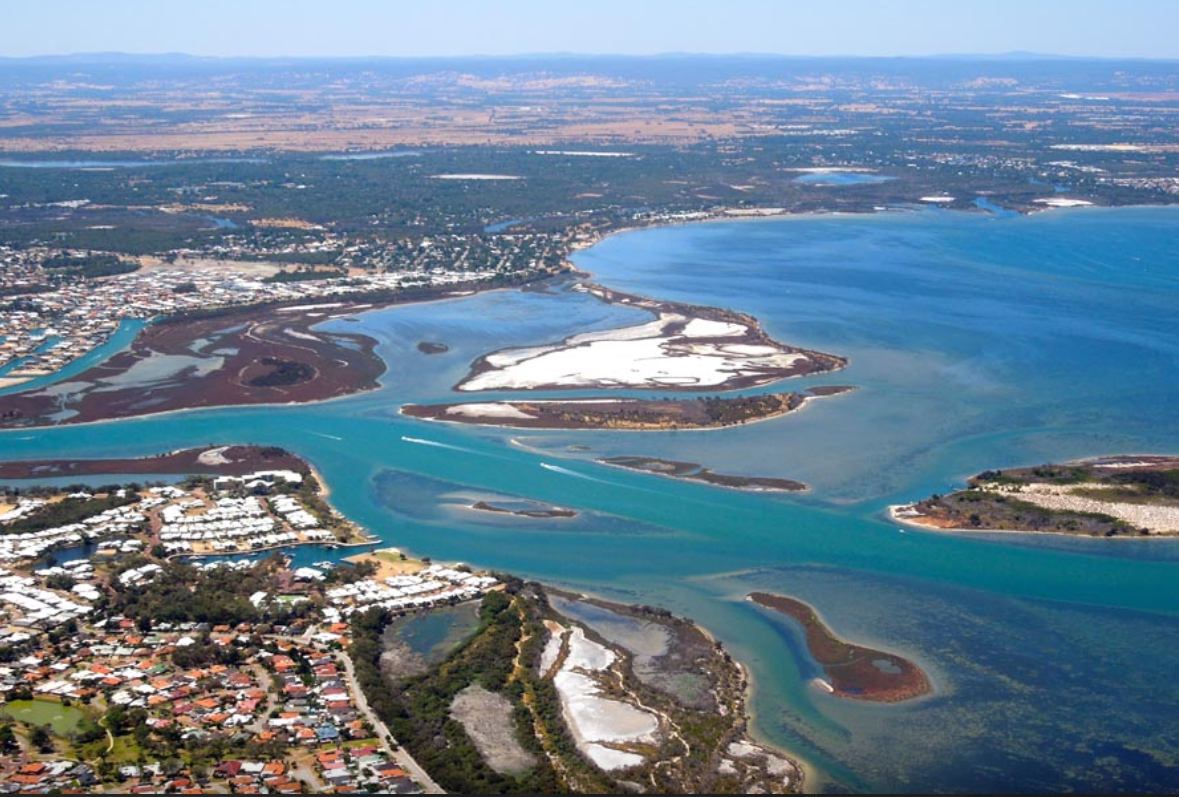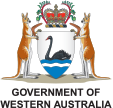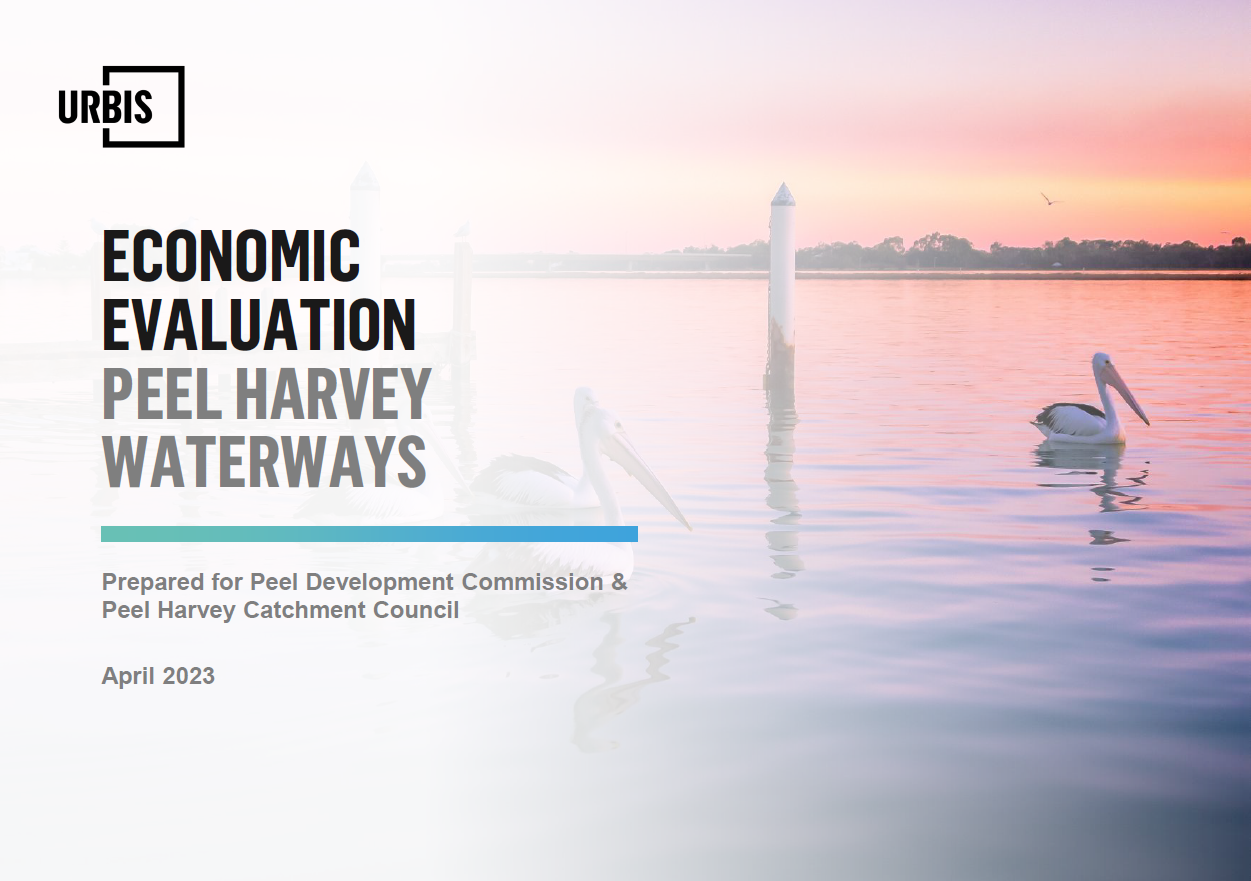Economic Evaluation of Peel Harvey Waterways
Peel Harvey Waterways: Sustaining Environment, Driving Economy

The Creery Wetlands Nature Reserve, northeast of the Peel Inlet is culturally significant and an important habitat for birds and wildlife. Image credit: Department of Water and Environmental Regulation
The Peel Harvey Waterways (PHW), an iconic system of rivers and estuaries, is an indispensable asset to the Peel region. Connecting with the Harvey, Murray, and Serpentine rivers, the PHW support diverse ecological functions, serve as a hub for social activities and amenity values, and is a critical support for various industries. With over 3 million visits annually, the PHW significantly influences the region’s social and lifestyle dynamics.
As an internationally listed Ramsar Wetland, the Peel-Harvey estuary is recognised for its vital role in supporting migratory birds, aquatic life, and endangered or at-risk plant and land animal species, underlining the region’s ecological significance. This ecological role is intrinsically linked with the social and economic dynamics of the area.
Economically, the PHW is a significant contributor, with an estimated asset value of $20.8 billion, annually contributing approximately $605.7 million to the economy and supporting over 2000 full-time equivalent jobs, mainly within the tourism sector.
Beyond these measurable benefits, the waterways also deliver invaluable outcomes, including fostering boat ownership, enriching Indigenous culture, and nurturing biodiversity.
A Comprehensive Economic Evaluation
The Economic Evaluation of the Peel Harvey Waterways report, prepared by Urbis for the Peel Development Commission and Peel Harvey Catchment Council, outlines the waterways’ ongoing contributions to both the economy and the environment, and the vital role of their maintenance for the Peel region and broader WA economy.




